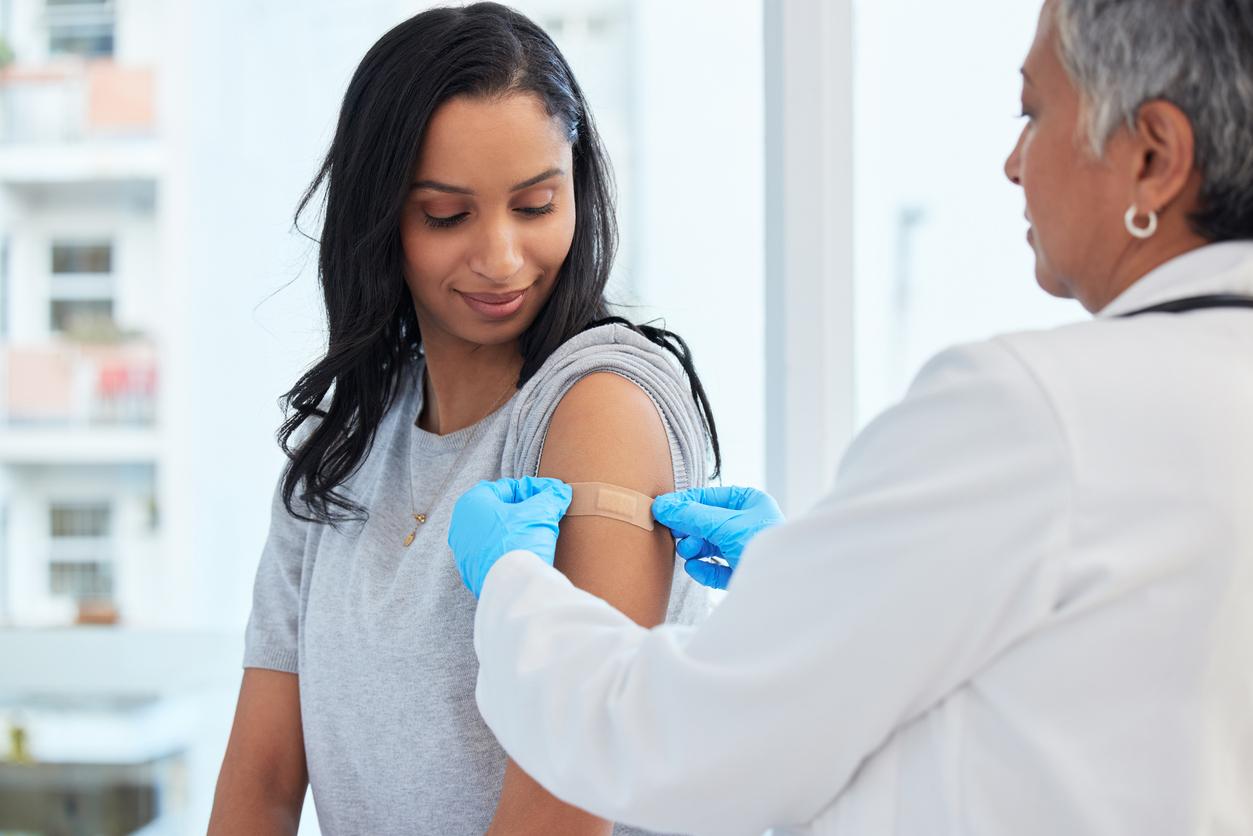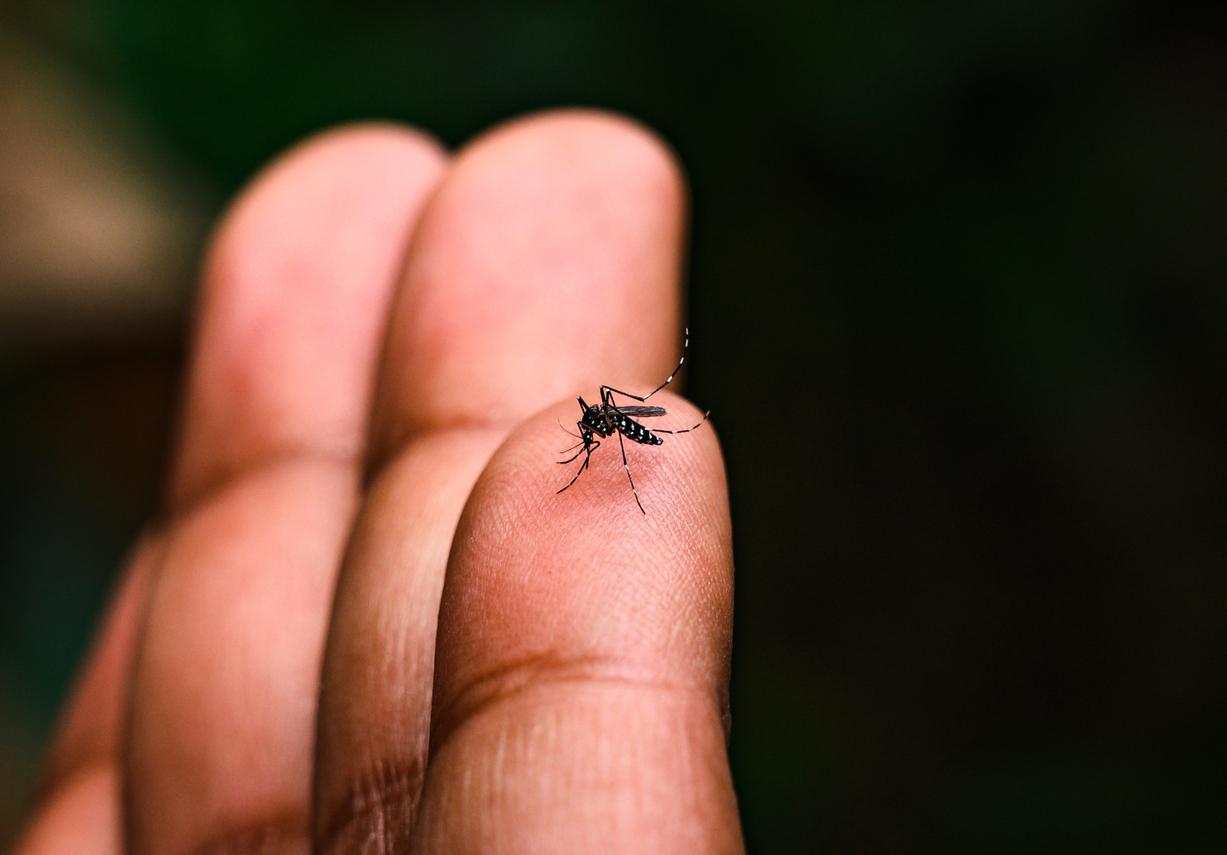Since the beginning of March, the number of cases of chickenpox has been rising sharply, especially in northeastern France, Île-de-France and the west.

The Sentinels network, which monitors the evolution of infectious diseases, reports a strong presence of chickenpox in metropolitan France, especially since week 10 (from March 6 to 13). The following week, 24,307 cases were identified. The incidence rose to 37 cases per 100,000 inhabitants, which places it at the limit of heavy traffic at the national level.

Evolution of the number of cases of chickenpox, between weeks 1 and 11, in 2017
But certain regions are particularly affected: in priority the Pays de la Loire, with 74 cases per 100,000 inhabitants, the Île-de-France (50), Nouvelle-Aquitaine (49), the Grand Est (47) and the Hauts-de-France (40). Other regions are also under surveillance (Brittany, Corsica and Occitania).

3,000 annual hospitalizations
Chickenpox is in constant circulation and affects 700,000 people in France each year, mainly children under 10 years of age. It is not usually the cause of serious complications, but still leads to about 3,000 annual hospitalizations, and about 20 deaths.
It is very contagious, is transmitted by the respiratory route or by contact with the skin lesions of sick people, and its incubation period is two or three weeks. It manifests as a moderate fever, redness on the skin, which quickly turns into small pimples, causing severe itching.
If it is benign in children, it can be dangerous in adolescents and adults: 70% of deaths occur in patients over 10 years old. No worry for people who have already contracted it, but among the others, it is recommended for adolescents, women of childbearing age, immunocompromised people, as well as all health professionals and others in contact with children, to be vaccinated.
.














